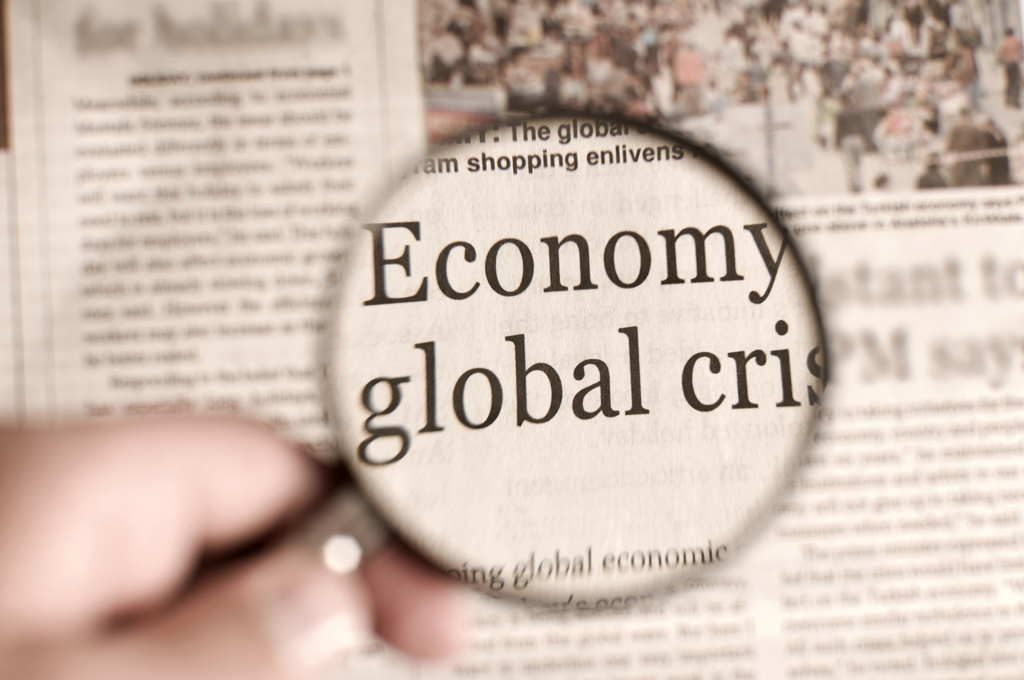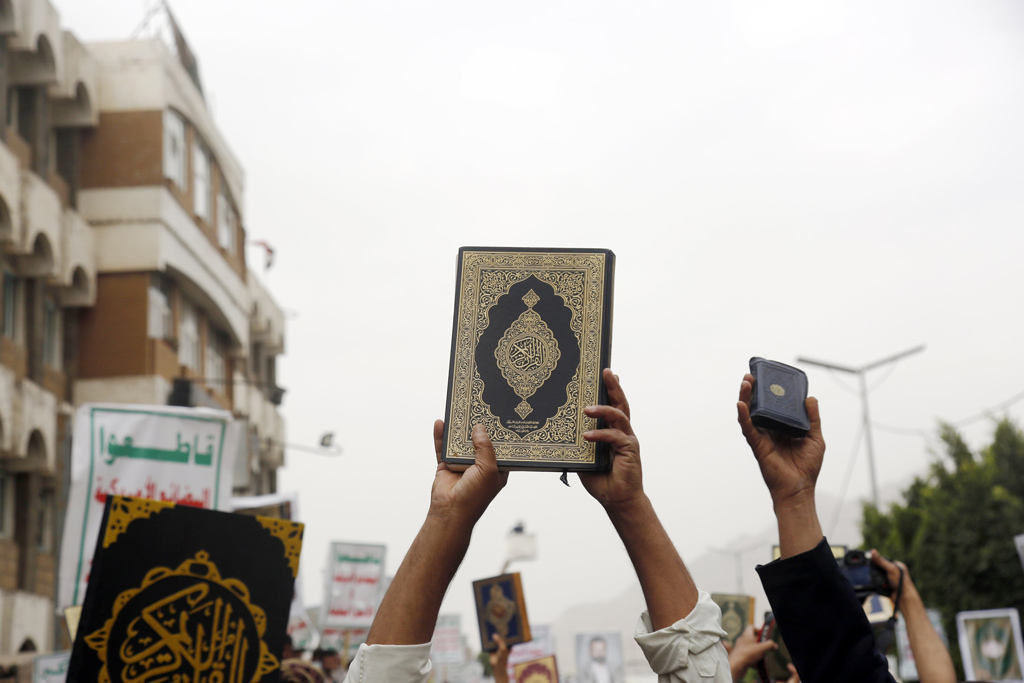The fact that economists rarely agree with each other is a well-known phenomenon. As the famous saying goes, they can only agree on disagreement. These differing opinions are also naturally reflected in the economic policies of political movements. On the other hand, these significant differences of opinion amongst various political parties manifest themselves in the approaches to the current economic issues and solutions they offer.
No doubt, along with the ideological infrastructure of the political movements, the beliefs, values of the politicians, and demands of voters also affect the policy approaches of political campaigns. That is why economic choices (particularly those that affect the economic fundamentals of countries) should not be left to the politicians alone. Again, this is why it certainly matters that politicians are billed in advance, even before they take office. The public should not pay the invoices that will be made out looking forward (the economic consequences of the promises distributed abundantly).
On the other hand, despite the deep divergences, there seems to be some consensus among academic economists. Many seem to agree today that declining demand is the main challenge in distress. This conclusion, mainly derived from the analysis of well-established Western advanced economies, is also usually presented as a one-size-fits-all recipe for the rest of the world.
In such cases, as the Keynesian theory would suggest, policies should perhaps prioritize encouraging consumption and enhancing purchasing power since growth in economic activity also depends on reviving demand. Nevertheless, as an example, an influential article published right after the Global Financial Crisis of 2008 (the 2008 Crisis henceforth) shows how an inversely sloped demand curve and supply-oriented policies make situations worse while trying to help. Moreover, it demonstrates how numerous false facts and procedures based on these assumptions lead to adverse effects during extreme downturns.
Thereby, while suggestions of the classical school and its theory to increase the production base might have a positive effect in the long term under normal conditions, it is also helpful to pay attention to situations where purchasing power wanes and supply-oriented policies increase competition and affect the economy much more negatively. The classical theory and its suggestions might lose effectiveness and validity in such short-term, extraordinary situations.
Measures to deal with crises
On the other hand, especially in the post-crisis period of the past 15 years (post-2008), one of the things that rising powers like Türkiye did best was resorting to macro-prudential measures. More specifically, they were able to eliminate (at least to some extent) the effects of monetary expansions implemented in developed countries. And one of the best expressions of this new reality, though, is that financial stability has been included in the primary targets since the beginning of the 2010s in Türkiye. Thus, credit expansions, exchange rate volatilities, and external debt (denominated in foreign currency) gradually came under the radar of regulators and supervisory bodies.
Budget balance and public debt stock, both of which are of primary importance for the effective use of macro policies, are two other critical factors. Public finances and budget deficits are essential for especially countries with ongoing financial difficulties. External debt, which pushed the limits of 60% of the gross domestic product (GDP) after the 2001 Crisis (in Türkiye), was reduced significantly over time. With the pandemic, external debt increased again in 2020 and has since been on a downward trend. Indeed, fiscal policies (tax policies) were also used effectively during the 2008 Crisis, especially in rising economies such as Türkiye. However, the budget deficit has since been reduced. In that sense, a profound transformation is observed even on the fiscal side.
In the pandemic era of 2020, fiscal and monetary policies were used effectively again and market interventions became more widespread. Trillions of dollars' worth budgetary expansion and support measures were implemented globally. Monetary expansion and liquidity support measures that followed were worth trillions of dollars. During the coronavirus pandemic alone, monetary easing measures worth approximately $10 trillion were recorded in leading world economies alone (the total central bank balance sheets rose to $30 trillion). These steps have also significantly increased the budget deficits and balance sheets. After the most recent banking crisis of 2023, though, new regulations should be expected to follow the monetary expansion trend.
The SWAP agreements that the U.S. Federal Reserve (the Fed) and European Central Bank (ECB) formed with nine and six different central banks post-2008 have also played an essential role in providing liquidity to the global economy. In 2023, these multiple liquidity agreements were renewed. For example, the Fed, the Bank of England (BoE), and the ECB took new steps to support the economy with new expansion waves. Policy rates also decreased to 0.1% during the easing periods.
The COVID-19 pandemic-era support measures continued on a wider range, from developing countries such as India and Indonesia and emerging superpowers such as Türkiye to other developed countries such as the U.S., the European Union (EU), and Australia. However, the distinction between those who can offer incentives and those who cannot support their economies, or the differences regarding the type of incentives and the form of public expenditure and support, would also continue.
Developed countries, in particular, have spent trillions of dollars to keep their economies afloat during the pandemic. Even in 2023, this trend continues, albeit on a sectoral basis. Meanwhile, these figures correspond several times when compared to the last global financial crisis of 2007-2009. On the other hand, developing countries and the Least Developed Countries (LDCs) struggled with access to vaccines and debt burdens, let alone the incentives. Some struggled to avoid a new currency crisis and capital outflow wave. The World Bank and IMF have even recently drawn attention to the risks of a recent recession and new debt crises in developing countries or the Least Developed Countries (LDCs).
The urgent response needs of the last pandemic, the increasing importance of critical institutions such as central banks, and the precautions needed bring the issue back to the effects of different economic visions on national policy-making processes. In such circumstances of turmoil, these appropriate interventions (and the interventionist stance) have played a vital role as a new shot in the arm for economies and have provided considerable support to the rapid recovery of many economies.
The eternal battle
Of course, pro-intervention Keynesian policies should not always give the impression of being the ultimate policy solutions. Demand-driven policies have as many adverse effects as there are positives. Inflation and current account deficits, which we often hear about but cannot understand are the two primary chronic problems mainly originating from inflationary demand stimuli. Particular attention should thus be paid to these potentially harmful aspects of demand-oriented Keynesian policies. They are constantly encouraged and almost all economic policies are based on them, yet their consequences are not much contemplated. These negativities could even be considered as side effects of policies that usually work.
Like the author of this opinion, many influential economists (such as the Nobel Prize-winning macro-economist Krugman) today advocate the benefits of using interventionist policies where appropriate. Liberal economists and policy-makers, on the other hand, exhibit a relatively lame or outsider profile today. The viral "Keynes vs. Hayek" video series should better express what we mean here. Hence, the eternal wrestle between these two dominant views will likely continue for the foreseeable future.
Likewise, two influential economists, George Akerlof and Robert Shiller, also explain, in their newly released book, why the expansionary steps in the U.S. were insufficient after the 2008 Crisis. They further suggest that additional expansionary measures should indeed have taken place. Of course, at this point, the situation in
Türkiye can naturally be wondered as well. But, unfortunately, our economists only occasionally share their opinions, perhaps because it is rarely their turn.
In particular, after the 2008 Crisis, though, the neo-liberal policy penetration seems limited only to theory and academia. The classical seem to rather play outcasts pretty much, as no one pays much attention (to them) outside academia. Moreover, not many people hear their voices outside academic circles. Therefore, it isn't easy to be sure whether they have any direct influence on public economic policies nowadays.
The author of this opinion also argues that Keynesian interventionist policies are often effective, especially in dealing with short-term issues. In particular, the timely intervention of public institutions in times of crisis will provide much more benefits than under normal circumstances, with even a much higher coefficient effect. Accordingly, it is also critical to understand the steps and actions taken in terms of economic policy implementations from a theoretical point of view and to some extent, even critically analyze the effects of such policies. Therewithal, a positive criticism of the monotonous mindset that has dominated policy-making since at least the foundation of the new Republic is also needed.
Crises experiences
Similar examples to Türkiye's original economic policies, blending liberal policies with interventionist and social policies in other developing countries, can also be wondered. Meanwhile, aside from the distinction between developed and developing countries, developing or emerging economies also bear significant similarities concerning the efficacy of dominant economic schools. This is also an excellent reference point to consider as a basis for the analysis of economic policies of emerging superpowers such as Türkiye.
Hence, it would be rational to compare the economic policies of political movements in Türkiye with the policy practices of other countries (that are still mostly assessed as being in the same category as Türkiye). A famous example of frequent benchmarking in this line is the example of the socialist wave that has reactivated in South America. For instance, in South America, where Keynesian interventionist or more social policies were dominant, especially before 1980, a new mood of change has been blowing lately.
For example, in the 2015 elections in Argentina, Macri, the representative of the aristocrats, won with the promise of a neoliberal economic program. Thus, the period of the husband-wife Kirchners, which started in 2003, ended in 2015. In addition, in Brazil, which stands out with its stance against the U.S. hegemony and neoliberalism, Keynesian or social policies remained active until at least 2016. Returning to office in 2022, Luma expresses his dream with his Argentine and BRICS counterparts to offer a new trading instrument as an alternative to the dollar.
However, there are some noteworthy similarities between Keynesian and social policies in South America and Türkiye, especially after 2000. For example, the governments of Chavez and Morales, assuming power after 2000 in Venezuela and Bolivia, took office with social promises and ruled their countries with social economy programs. In Argentina, in 2003 and 2007, Nestor Kirchner and his wife Cristina Fernandez assumed power through class struggle. Even though they did not pursue whole social policies, they did not forget the oppressed section that brought them to control either.
Three other countries aiming for more social policies, such as Uruguay, Venezuela and Bolivia, will likely follow Argentina and Brazil. Türkiye has many similarities to the transformations and struggles in South America in many respects. In particular, there are profound similarities between the economies of Türkiye and Argentina, Brazil and even Mexico. For example, in Türkiye and Argentina, in the late 1990s and early 2000s (specifically between 1998 and 2002), class warfare and economic depression were observed. There was even a process of impoverishment that followed.
In Türkiye, with the November 2002 elections, all four political parties in the parliament (until then) were pushed out. In Argentina, with a similar scenario, three presidents took office in five years. Having achieved remarkable growth and development momentum with political stability after 2002, Türkiye had to cope with a series of shock waves in the 2010s. Post-2023, however, pursuance of this resemblance as positive similarities and their transformation into positive experiences is all we aspire and hope for.
[Daily Sabah, April 27 2023]







